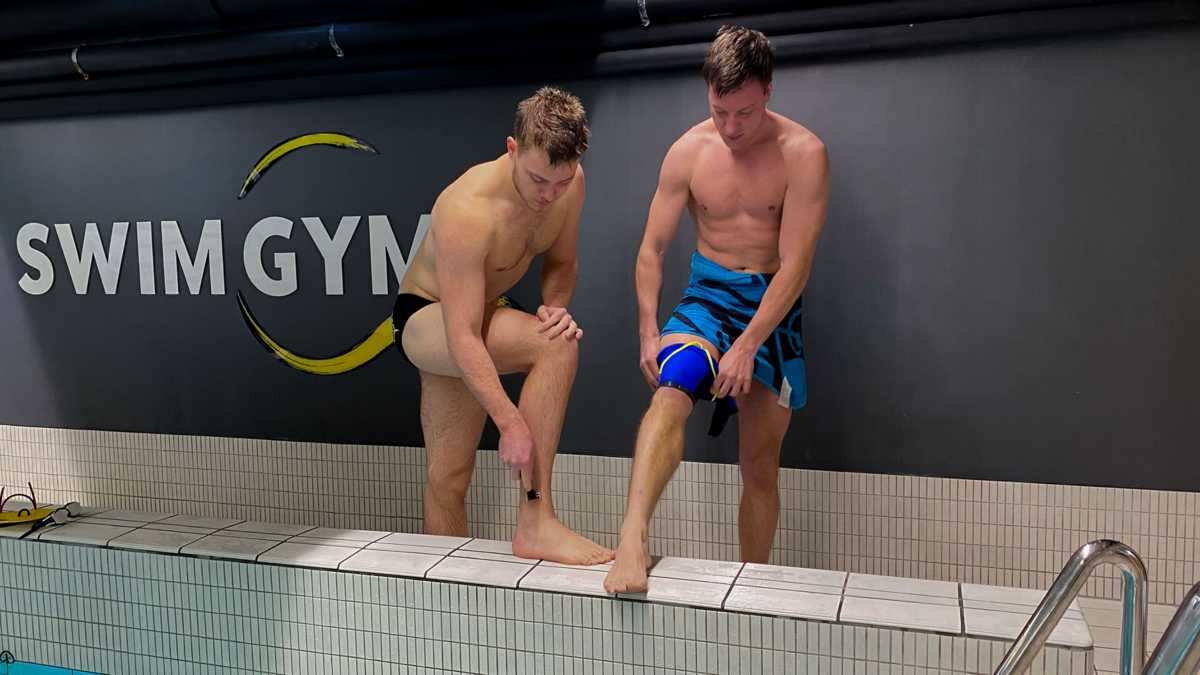Swimming blog - TRAINING The extremes Olympic swimmers go through to swim fast
With the Paris Olympics coming up, let's have acloser look to the extremes that Olympic swimmers expose themselves to. Can you imagine eating 8000 calories a day, shaving every inch of your body or training every single day for 6 years straight? Probably not, but elite swimmers do. Keep reading to find out the extremes swimmers go through to get the best out of themselves.
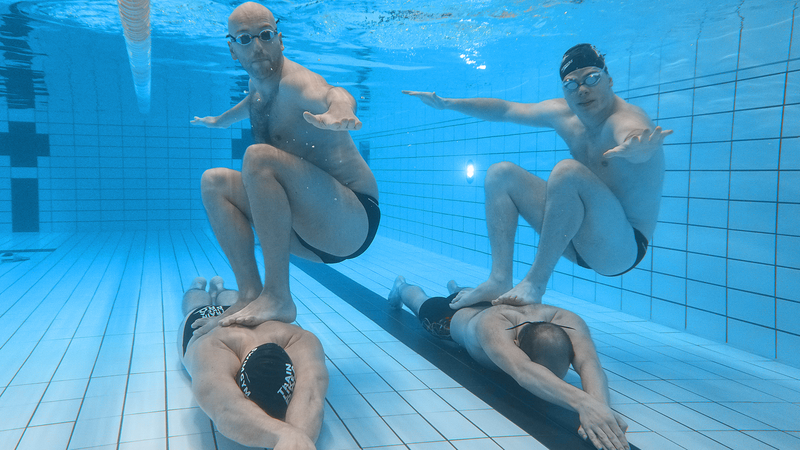
1. Shaving
Shaving is one of those extremes. Meet a swimmer three or four days before a race and he/she will have body hair. Meet this same swimmer on competition day and they will be bald from top to toe. But why shave at all?
Shaving is a pre-race ritual. It is part of the mental preparation. So, in that sense it is psychological. It could also be argued that shaving body hair improves your sense and feel for the water. However, the biggest reason swimmers go to this extreme activity is because it works. We swim faster. Shaving body hair makes a big difference physiologically. Studies have showen that blood lactate accumulation at maximal swimming speed reduced by a whopping 23% post shave. The drag reduction from shaving allowed the swimmers in this study to swim considerably faster.
This extreme is not just a placebo effect. It works. It also underlines the extreme importance of reducing drag in swimming. So besides shaving, practice those underwater streamlines every chance you get. 😉
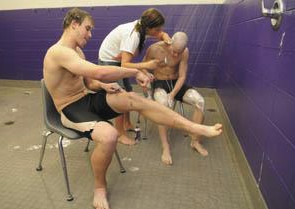
2. Racing Suits
Super tight racing suits are the next pro swimmers extreme. If you are thinking, “What are they talking about? My speedo fits beautifully and easily,” we recommend you watch regular people trying on competitive swim suits before you carry on reading. Have a good laugh. But it is serious business. Since the banning of Polyurethane or plastic suits in 2010, major swim brands have come up with very tight-fitting alternatives.
These competitive racing suits will literally take your breath away. They are extremely tight and difficult to put on. They are stiff and make sure there is very little unnecessary lateral movement. The material has clever water-resistant components that helps to reduce drag. And as we saw with the shaving of body hair, this has a big impact. That’s why we go to this extreme.
Also, it’s a rite of passage. It is a honour badge, that first race suit. We only hope that in the future swimming authorities develop a machine that helps swimmers get into them more easily, because that’s where all the pre-race prep time is spent. 😊
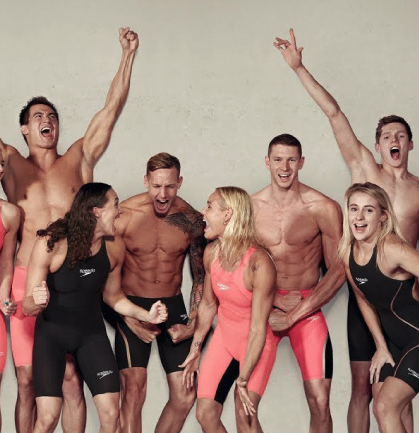
3. Training Load
Swimmers train extremely hard. Six days a week, twice a day and dryland included. Michael Phelps is said to have trained every day for six years. Swimmers can handle a higher training load than land-based counterparts but this is ridiculous. Swimming every day? Isn’t that a bit extreme you might ask?
Not if you love the sport. Even at local level, swim clubs will train five or six days a week. Swimmers are incredibly focused on continuous improvement. Improving technique and fitness at the same time. It is not boring or easy. Both have to be trained continuously and relentlessly. The drag forces of water are incredibly taxing on the body and mind.
The high training load comes with getting up really early and being in the pool before truck drivers and most sane people. It is an extreme that most people don’t want to think about. Up at 4 am to be in the pool by 5 am. That is an extreme sport for sure. But is this all extreme, or is it just a love of the sport?
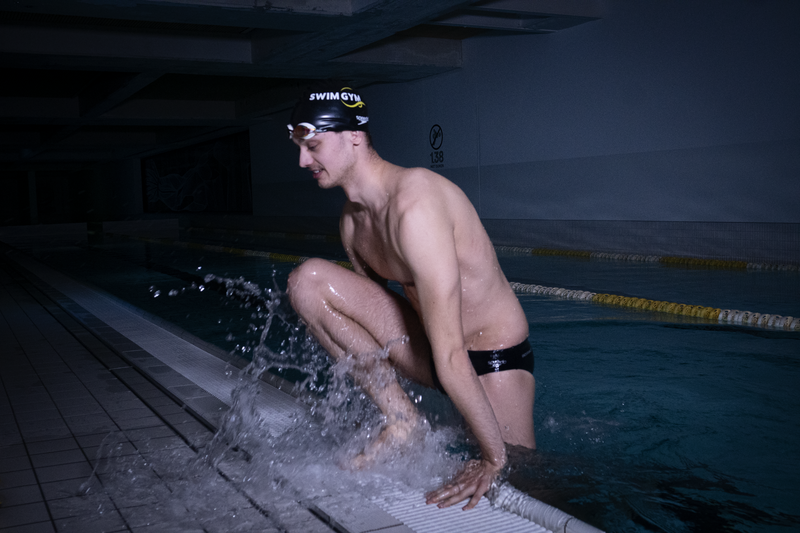
4. Eating Patterns
Health organisations recommend a daily caloric intake of 2000 calories for woman and 2500 for men. This figure provides energy for a normal day of thinking and doing, including light exercise.
Swimmers are always hungry, like we explored in our blog. This is because their bodies are burning a lot of fuel and the body keeps burning calories even when they step out of the pool. Michael Phelps has said he consumed 8000 calories per day at his peak. No junk food. All good food to fuel his passion to become the greatest Olympian in history. Is that extreme? Sure. Try and consume that many calories in a day and you will know that is an Olympic achievement in eating alone.
Is it an extreme to fuel your body to perform and recover? If you know what you need to be at the top of your game, wouldn’t you do it?
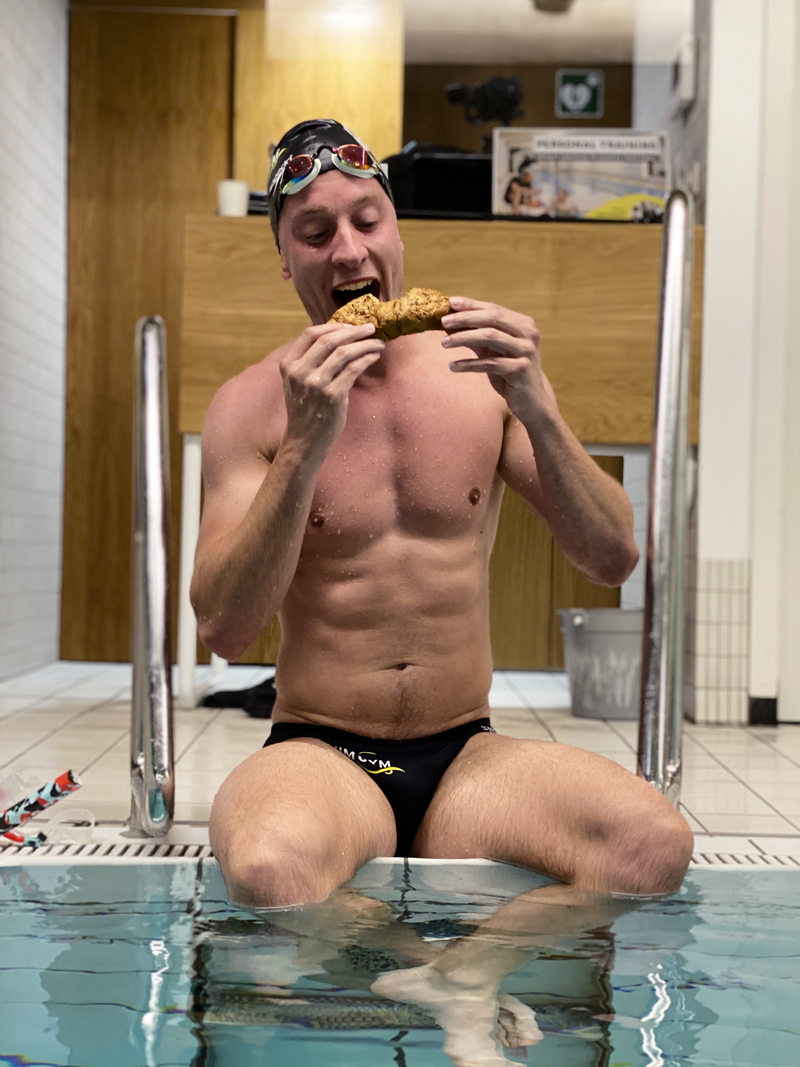
When a swimmer stands on the blocks for their race, shaved and cocooned in their race suit with that hungry look that comes with competing, remember the extremes they have gone to, to get here. They have loved every moment of it and will do it again and again.
Written by Michael Stolt
